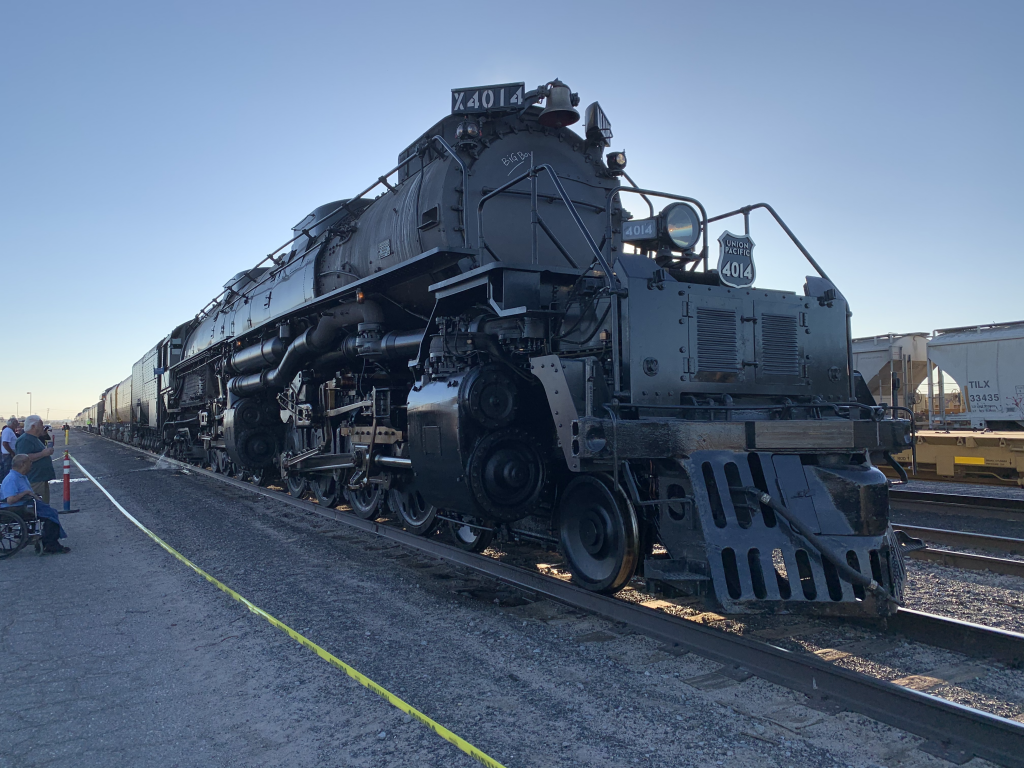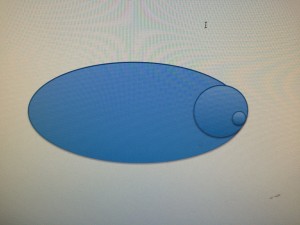
The 1974 science fiction novel The Dispossessed has relevance for us today. Ursula K. Le Guin’s works are filled with her concerns for the environment and health of planet earth and the dark underside of man and our governing institutions. In The Dispossessed, Urras is a mythical planet in the Tau Ceti star system in the constellation Cetus. Tau Ceti is a star closer than 12 light-years from the Earth and is spectrally similar to our sun, although possessing 78% of its mass.
Le Guin places a planet similar to ours with a larger moon in orbit around it. Environmentally, Urras is like Earth. Politically it mirrors what ours was during the Cold War in 1974 when the novel was written. A-Io, the dominant world power, is similar to the United States in 2013. There is the illusion of liberty and freedom, but everyone and everything is under constant surveillance by the state. It is a society driven by a lust for wealth and acquiring material possessions, and unrestrained corporate greed and power.
A-Io is a two-class society defined by extreme sexism. There are the very wealthy, a small struggling middle class, and a vast underclass of working poor who live in poverty. The poor are excluded and denied access to a more abundant life. They do not have access to human services available for the elite. A-Io is a fascist police state with an appearance of civility. Its resemblance to what we have become makes the careful and reflective reader more than uncomfortable.
The other principal power on Urras is Thu, a highly centralized socialist state resembling the Soviet Union of the 1970s. Urras has a planetary government similar to the United Nations. Thu and A-Io are careful never to engage in a war directly against each other. Engagements are limited to fighting in lesser developed parts of the planet without using weapons that might cause undue harm on a planetary scale.
The planet remains free of the environmental havoc and destruction we are experiencing. Those from the Earth who come to Urras see it is still a green garden, a reminder of what the Earth was.
The planet has experienced its own unique development. The moon of Urras, Anarres, is large enough to support life. More than 170 years before the story in the novel takes place, the poor rebelled. They had been inspired by the ideas of a woman philosopher named Odo. She promoted a society founded on anarchism combined with libertarianism and socialism.
The revolt ended with an agreement allowing Odo’s followers called Odonians to leave and be transported to Anarres. Anarres and Urras are actually a dual planetary system where each is seen as the moon. Anarres is not altogether hospitable. It is arid and has a less dense atmosphere, and most of its native life found in its small oceans. Anarres possesses limited plant and vegetable life, which means there are no land animals other than those transplanted from Urras.
The terms of separation closed most access to either world by the other. But Anarres has mineral deposits in critical need on Urras, and Urras has finished goods, plants, animals, and other products needed by Anarres. Transports arrive periodically on Anarres from Urras at tightly controlled designated areas for purposes of trade.
Anarres is a harsh world that requires much cooperation from its inhabitants. It has no highly centralized governmental bureaucracy or governing institutions. After enduring over 150 years living in a harsh environment, the Anarreans have found ways to effectively preserve their individuality. They learned to work harmoniously together to reach shared goals. They avoided having governing institutions that become self-perpetuating, self-sustaining, oppressive, and detrimental to their needs and interests.
Shevek is an Anarren mathematician/scientist who has made a scientific discovery he wishes to share with humanity. I-Ao wants to prevent his sharing his work and use it to their advantage. Shevek is hopeful sharing his discovery can become a means of bringing Annarens and Urrasns together, or at least open dialogue and increase contacts between the two worlds.
Ultimately Shevek realizes he is being used by A-Io and attempts to meet ordinary people who have been kept hidden from him. Becoming aware of A-Io’s intentions and the fact he is now a fugitive leads him to seek safety at the Earth embassy. Shevek gives his discovery to the Earth ambassador to ensure his discovery will be shared with all humanity. Earthlings not only save him from arrest and probable torture by I-Ao but also open their own contact with the Annarens that had been closed to them return him to Annares.
LeGuin’s fiction is a snapshot of the height of the Cold War in the mid-1970s. Both sides finally realized that nuclear war was unwinnable and would lead to the extinction of our species. The Soviet Union collapsed under the weight of its own internal contradictions. But the end of the Cold War and the demise of the Soviet Union served only to expose our own weaknesses. Like the people of I-Ao, America needs an external enemy, a boogieman. We need an enemy to maintain our focus, provide purpose, distract us from more important issues, maintain control, and keep us from fighting amongst ourselves.
The end of the Cold War-era introduced far more uncertainty. We are faced with increased competition for increasingly scarce resources, locked into an economic model destroying habitability and the ability to sustain life. It is worth noting that although Le Guin makes little mention of what Earth is like, she leaves no doubt about where we may soon find ourselves. She provides us a picture of what we face if we continue our current path, addicted to fossil fuels and failing to invest in the Earth rather than continually taking from it.
If climate change and global warming are ignored or given little support or effort beyond lip service, the consequences are dire. Le Guin mentions in passing what our world had become. It was ravaged by war, destruction of the environment, and the collapse of ecosystems caused by the rush to extract natural resources fueled by greed and lust for money. The few who survived were forced to live under a totalitarian system necessitated by extreme circumstances.
We govern our activities adhering to an economic paradigm from another time. Neoliberal globalism is wreaking havoc on the planet, putting all civilization at risk. Our political system, considered brilliant for its time, was developed 250 years ago in a vastly simpler world that is no longer relevant or able to cope with and solve problems. Populations across the globe are growing restless. Global temperatures are warming, causing drought, famine, and increased desertification. Sea levels rise as ice caps and glaciers melt. Soon, two billion or more people will be forced to move elsewhere to survive, threatening global stability and order. Chaos looms on the horizon, and no wall will stem its flow. Desperate people will do whatever they must to survive. Our world is ripe for someone, an Odo, to redefine and re-state and enunciate the meaning and purpose of human existence and civilization in a new age.
As always, Wabi-sabi
Also on Medium: Jerrymlawson.medium.com










